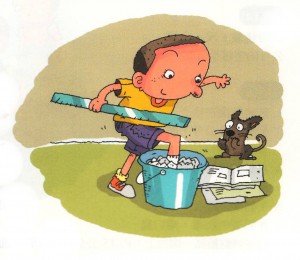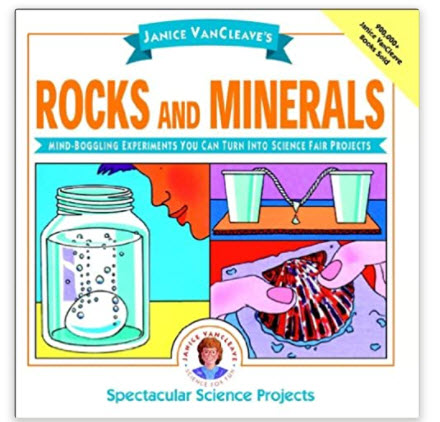Rocks are made in different ways. One rock type is called sedimentary, which is a form of rock made by the deposition and compression of small particles. Sediment is made of soil particles. The deposition of sediment means that it has been transported from one place to another and over time builds up, layer by layer. Compaction is the process by which the particles are pressed together.

While disposing waste paper, you can demonstrate deposition and compaction.
Demonstrate Deposition using these steps:
![]() Loosely wad separate pieces of waste paper, such as newspaper or discarded craft paper.
Loosely wad separate pieces of waste paper, such as newspaper or discarded craft paper.
![]() Place the wadded paper in a container, such as a trash can or even a box.
Place the wadded paper in a container, such as a trash can or even a box.
|

Rocks and Minerals
(paid link)